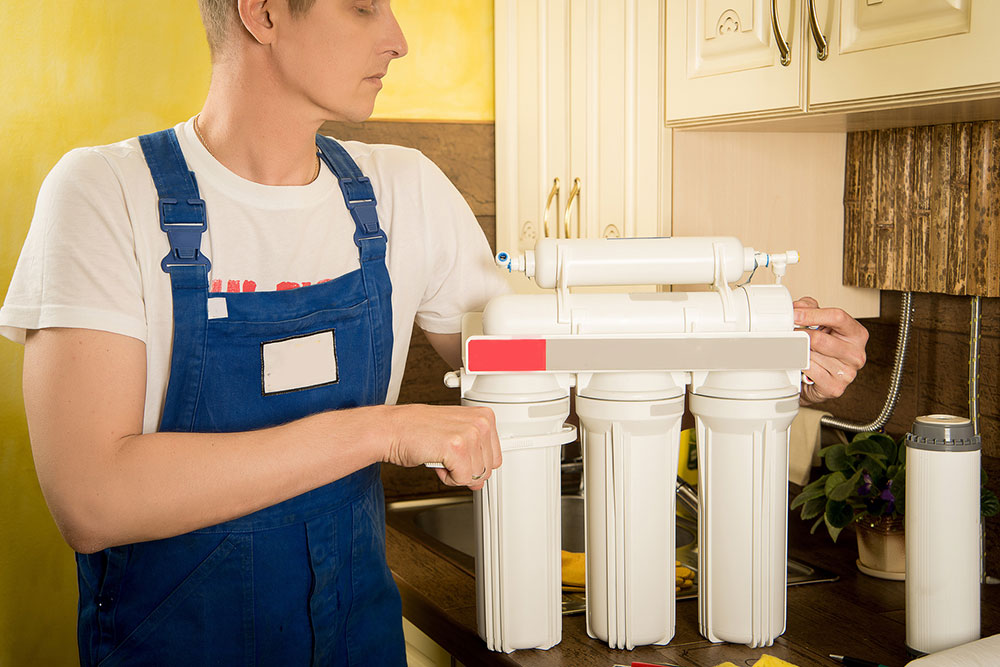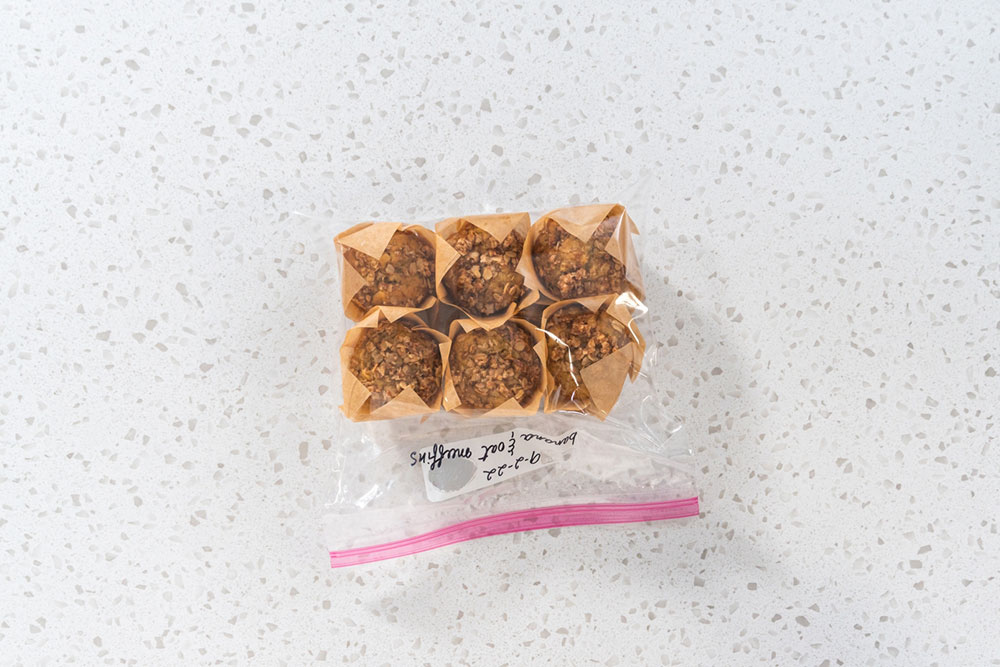
Top 4 water filtration mistakes to avoid
Tap water can be contaminated and contain bacteria, dirt, and unpleasant taste or smell, making filtering it before use extremely important. Installing a water filtration system at home is a simple way to ensure one gets safe, clean drinking water. However, to ensure that the filtration system works well and keeps contaminants at bay, one has to choose a suitable filter and maintain it. To do that, one should avoid the following mistakes: 1. Skipping research A good water filtration system ensures that all the impurities and contaminants are removed from the water before one drinks it. However, each home may need a specific type of filtration system. So, it is important to do some research to understand the different types of filtration systems and which one meets most of the requirements. For instance, an activated carbon filter system removes contaminants such as agricultural chemicals, sediments, and chlorine. However, a UV system can remove bacteria and viruses. So, one must first determine the common contaminants present in the water they receive and then buy a filter that can get rid of these impurities. 2. Overlooking filter certification Another thing to consider when buying a filtration system is its certification. If a water filter has been certified by either the National Sanitation Foundation or the Water Quality Association, it means the system is reliable and safe to use.
Read More 






